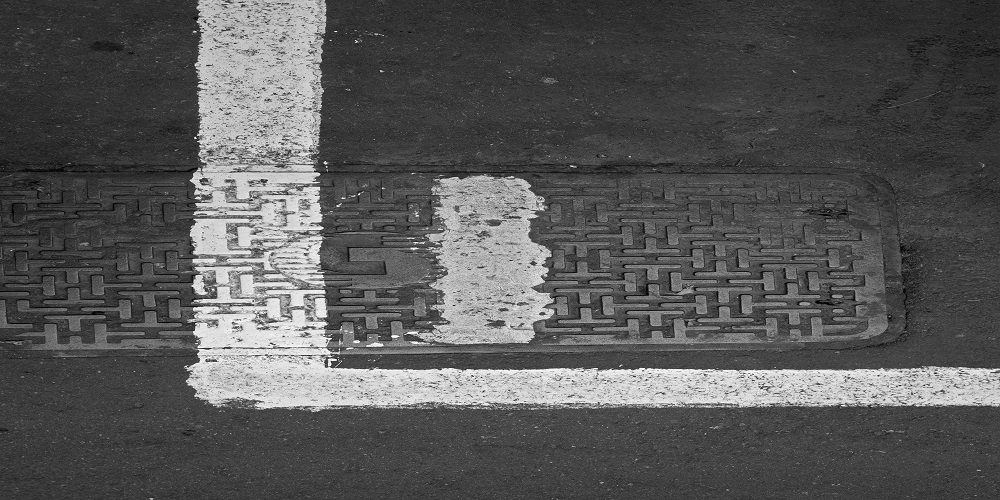Maintaining a properly functioning septic tank system is essential for the health and well-being of your home and the environment. Septic system pumping in accordance with regular troubleshooting can help you identify and resolve potential issues before they become more expensive.

Troubleshooting and Observing Warning Signs
The first step in troubleshooting your septic tank system is to be vigilant and observant. Look for warning signs such as slow drainage, gurgling sounds from drains, foul odours in your yard or home, or sewage backups. These signs may indicate potential problems within the system.
Checking the Scum and Sludge Layers over time
Septic tanks accumulate scum and sludge over time, disrupting the system’s efficiency. To troubleshoot this, open the septic tank lid and use a long stick or probe to measure the depth of the scum and sludge layers. If they are close to or exceed recommended levels (scum should be less than 30 cm, and sludge should be less than 60 cm), it may be time to have your tank pumped by a professional.
Frequently Inspect the Drain field
The drain field is a crucial component of your septic system. Inspect the area around the drain field for signs of standing water, soggy soil, or unusual plant growth. These signs could indicate a problem with the drain field’s ability to absorb and treat wastewater. Keep the area clear of any trees, shrubs, or structures that could interfere with the proper functioning of the drain field.
Ensuring regular Testing for Water Leaks
Water leaks can overload your septic system and lead to premature failure. To check for leaks, monitor your water meter over several hours when no water is being used. You may leak into your plumbing system if the meter reading changes significantly. Repairing leaks promptly can help prevent damage to your septic system.
Minding What Goes Down the Drains
Proper waste disposal is essential for the health of your septic tank system. Avoid flushing non-biodegradable items such as diapers, wipes, sanitary products, or excessive cooking oils down the toilet or sink. These can clog the system and cause backups. Use water-efficient appliances and distribute water usage throughout the day to prevent overwhelming the system.
Ensuring Regular Maintenance all the time
Routine maintenance plays a significant role in troubleshooting and preventing septic system problems and failure. Have your septic tank inspected and pumped by a professional every three to five years or as a certified septic tank service provider recommends. Regular maintenance helps remove accumulated solids and ensures the smooth operation of your system.
Taking care of your septic tank system through regular troubleshooting and maintenance is essential for its longevity and proper functioning. By being observant, checking scum and sludge levels, inspecting the drain field, testing for water leaks, and practicing responsible waste disposal, you can avoid costly repairs and protect the environment. Remember to seek professional assistance when needed. A well-maintained septic tank system contributes to a healthy and sustainable home.
If you encounter persistent issues with your septic tank system or are unsure how to troubleshoot a particular problem, it is best to consult a professional. Certified septic system experts have the knowledge, experience, and specialized equipment to diagnose and resolve complex issues.

